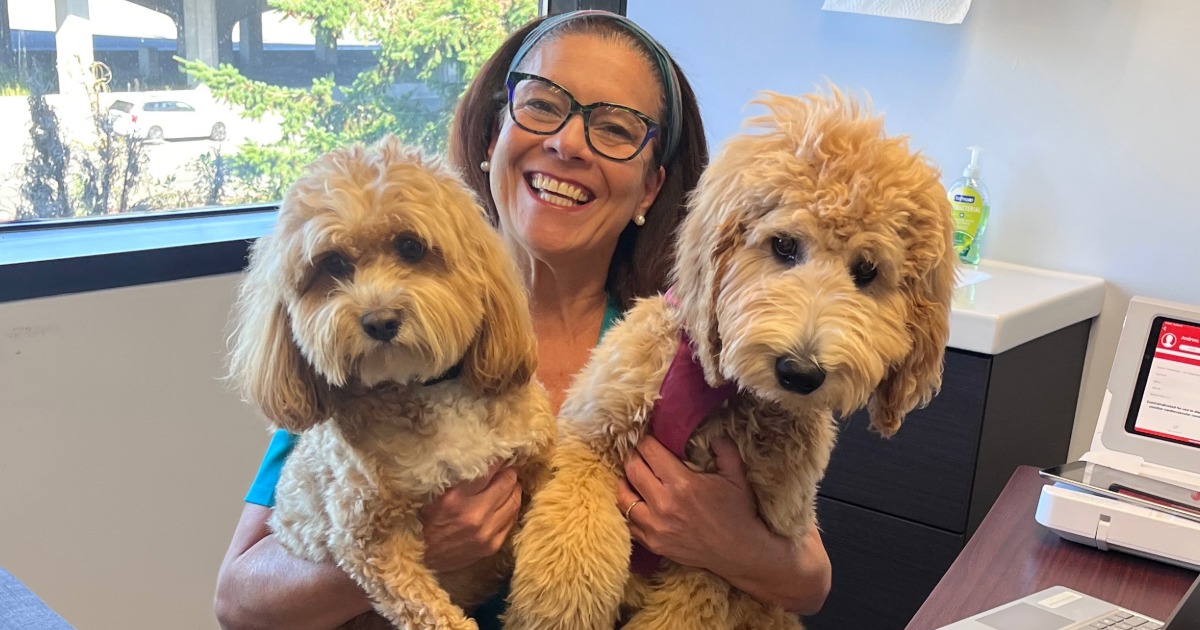This past May, EPA Administrator Lisa P. Jackson delivered a speech on the subject electronic waste (e-waste), which she called one of the most pressing global environmental priorities for the U.S. Too often, she said, America's e-waste "ends up illegally overseas in developing countries – India, Africa – where labor is cheaper … and workers are often less safe," she said.
Indeed, the scrap created as consumers – and healthcare providers – replacing old technology with new is lousy with toxic chemicals: cadmium, beryllium, bromine, lead, mercury and more. Whether tossed into landfills, burned or left to leach into groundwater, e-waste is a serious threat to people and the environment.
But "while it poses serious challenges, the problem of e-waste also presents opportunities," Jackson added – "to promote green jobs, spur innovation and jumpstart a responsible domestic recycling industry."
Enter Ken Beyer, CEO of CloudBlue, an Indianapolis-based company whose mission is to "manage all e-waste across all their facilities in a standardized, secure and compliant manner," he says. The two biggest sectors the firm serves are financial services and healthcare.
For providers, the duty to dispose of e-waste responsibly has a special resonance. "We view it as both an environmental and human health issue," says Beyer. "Eighty percent of it is exported … the majority disposed of today are not being handled properly."
An eye-opening 60 Minutes episode from 2008 showed children in Guiyu, China, playing in an e-waste landfill – and reported that seven out of 10 kids there have too much lead in their blood.
Ann Oddo Altoe, associate chief, Information Technology at Nemours / A.I. duPont Hospital For Children in Delaware, says staff recognized a special responsibility to the children of the world, "we felt very strongly about making sure we found a vendor that disposed of e-waste correctly," she says. "We didn't want to hurt those we spend so much time making better."
"The environmental aspect is not understood well by most companies," says Beyer.
But even less so are the complex – and potentially costly – compliance issues that e-waste raises.
"I don't think people have given enough attention to the HITECH legislation, as compared to the previous HIPAA legislation," says Beyer. "It's a lot more focused on disposal and making sure there's no [personal health] data on the equipment."
The legislation also mandates that providers "put in training policies about how you dispose of the equipment," he says, and "if HHS finds you didn't, you could be fined."
CloudBlue exists to help meet those challenges. "The biggest hurdle is how do you standardize disposal across a multi-facility healthcare organization," says Beyer, "putting in place a standard operating procedure of how to manage all your e-waste across all facilities and different asset classes – everything from the copy machines to the laptop computers to the servers to the telephones. Anything that's electronic needs to be considered."
CloudBlue sends its own employees to do on-site removal of the equipment. "We believe, especially with healthcare, that the chain of custody is really where security breakdowns happen."
With a rigorous process involving serial numbers, bills of lading, GPS tracking and more, CloudBlue ensures that each and every piece of old equipment is either resold, recycled or properly disposed of, and that its ultimate destination is properly recorded and reported.
"Data security has trumped environmental compliance in terms of the reason people are choosing to outsource this," says Beyer. "There's been a real change in just the last two or three years," a shift toward "very tight chain of custody, being able to prove compliance with HIPAA and HITECH."
Before contracting with CloudBlue, Nemours "had a service contract with a local vendor at each of our sites; some of the vendors were better than others but there was no standardization and no assurances," says Altoe.
Moreover, because of our HIPAA concerns, our legal department advised us not to allow a PC device to leave the organization without properly removing and disabling hard drives. Cloud Blue provided us with a solution to these issues that works the same across all of our sites."
It's up to more providers to learn those lessons before a data breach happens to them. "Unfortunately, old electronics tend to be lower on people's priorities list," says Beyer. "Our number one job right now is educating our healthcare customers about the risks."


